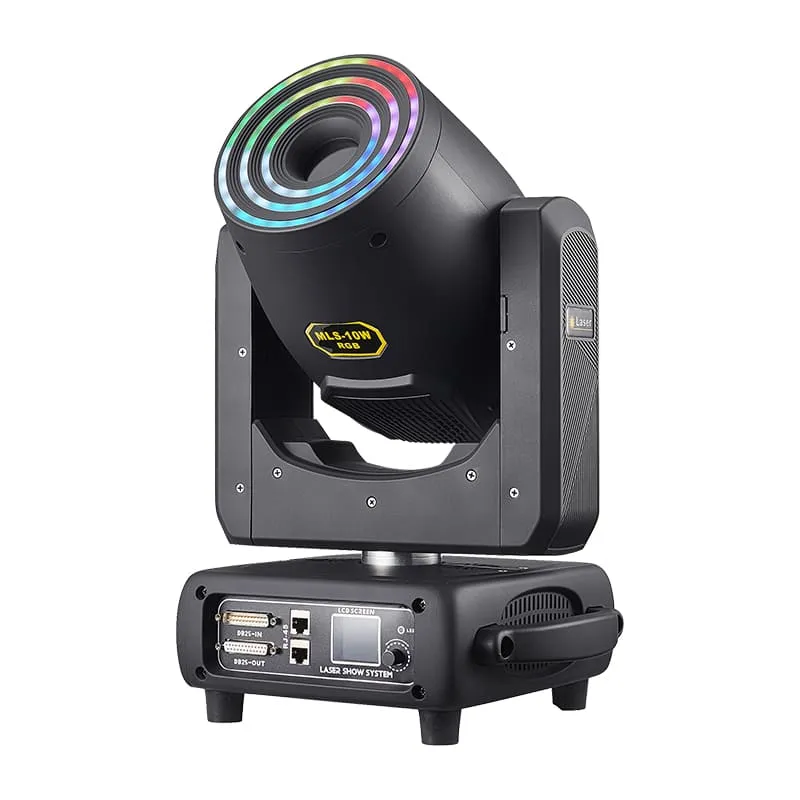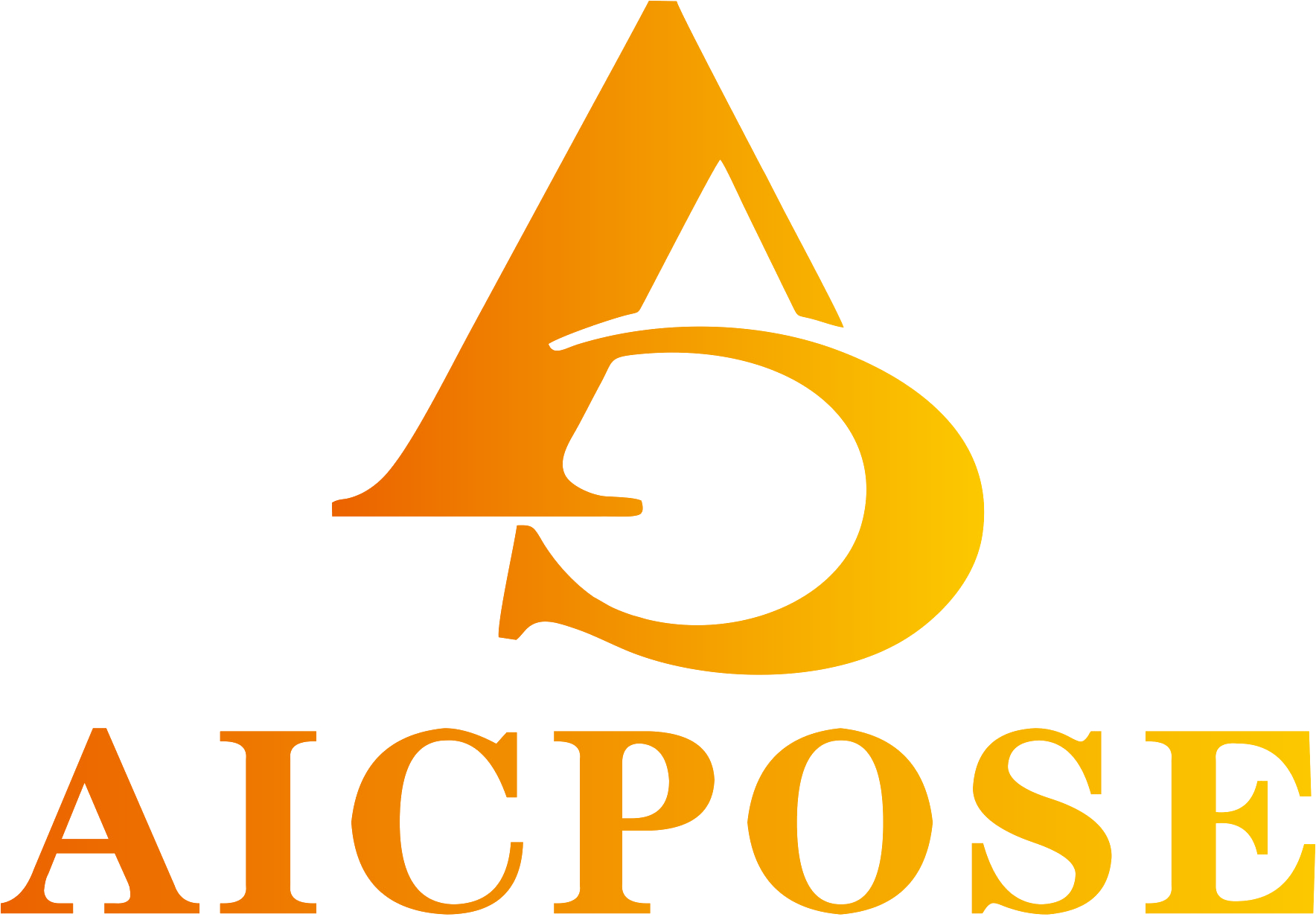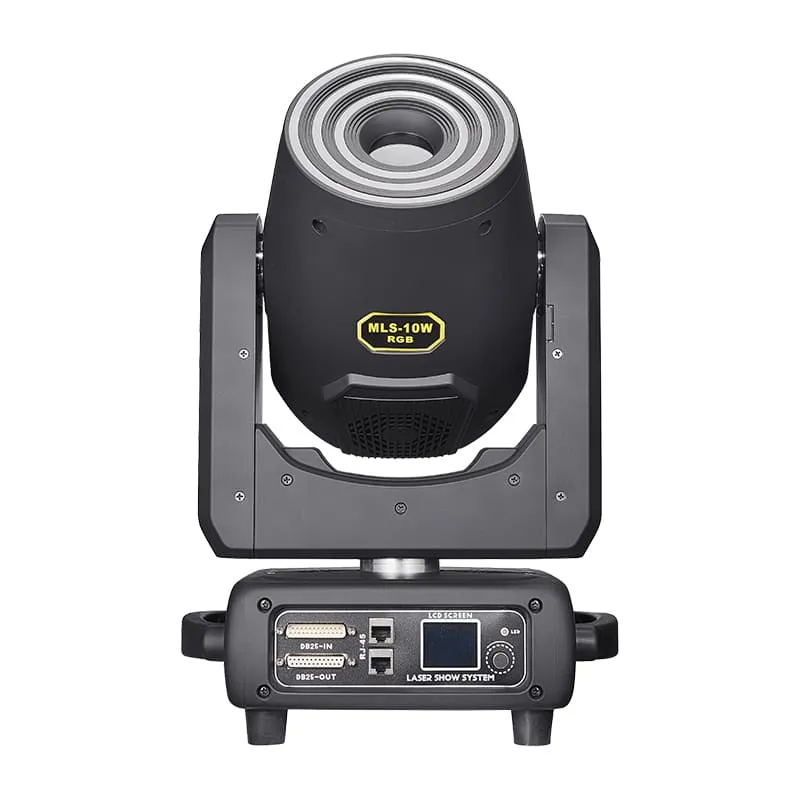Revolutionizing Live Entertainment Through Advanced Laser Integration
The entertainment industry has witnessed a dramatic transformation in recent years, with stage laser lighting emerging as a cornerstone of modern live productions. From sold-out arena concerts to intimate theater performances, laser systems have redefined what's possible in event lighting design. This comprehensive guide explores the essential considerations for successfully incorporating laser technology into your stage and event lighting setup, ensuring both spectacular results and safe operation.
As production values continue to rise across all entertainment sectors, stage laser lighting has become an indispensable tool for creating immersive experiences that captivate audiences. The precision, versatility, and sheer visual impact of laser systems make them a powerful addition to any lighting designer's arsenal. However, successful integration requires careful planning, technical expertise, and a thorough understanding of various crucial factors.
Technical Specifications and System Requirements
Power and Infrastructure Considerations
Before implementing stage laser lighting, venue infrastructure must be carefully evaluated. Most professional laser systems require stable power sources with specific voltage requirements and clean power delivery. It's essential to assess the venue's electrical capacity and ensure proper distribution systems are in place. Consider installing dedicated power circuits for laser equipment to prevent interference with other show elements.
Beyond basic power requirements, backup systems and surge protection should be incorporated into the design. Modern laser systems often feature sophisticated electronics that can be sensitive to power fluctuations. Installing uninterruptible power supplies (UPS) and power conditioning equipment helps protect your investment and ensures consistent performance throughout events.
Control Systems and Network Integration
The integration of stage laser lighting demands robust control systems that can seamlessly coordinate with existing lighting equipment. DMX512 remains the industry standard protocol, but newer systems may utilize Art-Net or sACN for more advanced control options. Ensure your control console can handle the additional parameters required for laser operation and that your network infrastructure can support the increased data flow.
Modern laser systems often require dedicated software and control interfaces. Consider the compatibility of these systems with your current setup and the learning curve required for operators to become proficient. Investment in training and system familiarization is crucial for achieving optimal results.
Safety and Regulatory Compliance
Legal Requirements and Certifications
Stage laser lighting systems must comply with strict safety regulations and licensing requirements. Different regions have varying standards, but most require specific certifications for both equipment and operators. Ensure all necessary permits are obtained and that your team understands local regulations governing laser use in public spaces.
Regular safety inspections and maintenance protocols should be established and documented. This includes checking optical components, testing safety systems, and verifying the functionality of emergency shutoff mechanisms. Maintain detailed records of all safety procedures and certifications to demonstrate compliance during inspections.

Audience and Performer Protection
Implementing comprehensive safety measures is non-negotiable when working with stage laser lighting. Proper beam containment, scanning systems, and emergency protocols must be in place to protect both performers and audiences. Calculate and maintain safe exposure distances, and implement physical barriers or no-go zones where necessary.
Advanced safety features such as proximity sensors and automated shutdown systems should be considered for additional protection. Train all staff members on emergency procedures and ensure clear communication channels are established for immediate response to any safety concerns.
Creative Design and Programming
Visual Effects and Programming Techniques
Stage laser lighting offers unique creative possibilities that traditional lighting cannot achieve. Understanding the principles of laser programming, including beam effects, scanning patterns, and color mixing, is essential for creating compelling displays. Develop a library of effects that complement your overall lighting design while showcasing the unique capabilities of laser systems.
Advanced programming techniques can create stunning three-dimensional effects and complex geometric patterns. Consider investing in specialized training for your programming team to fully utilize the creative potential of your laser system. Remember that subtle effects can be just as impactful as bold statements when properly integrated into the overall design.
Synchronization and Timing
Successful stage laser lighting integration requires precise synchronization with other show elements. Time-code systems can ensure perfect coordination with music, video content, and other lighting effects. Develop clear cue structures and backup plans for both automated and manually triggered sequences.
Consider the impact of different venue configurations on timing and programming. Create flexible designs that can be adapted to various spaces while maintaining the intended artistic vision. Regular rehearsals and technical run-throughs are essential for perfecting timing and addressing any synchronization issues.
Environmental and Practical Considerations
Atmospheric Conditions and Venue Dynamics
The effectiveness of stage laser lighting can be significantly affected by environmental factors. Humidity, temperature, and atmospheric particles all impact laser beam visibility and effect quality. Plan for these variables by incorporating atmospheric control systems and monitoring equipment into your setup.
Venue architecture and surface materials can also influence laser performance. Consider how different surfaces will interact with laser beams and adjust programming accordingly. Implement strategies to minimize unwanted reflections and maximize desired effects.
Maintenance and Longevity
Professional stage laser lighting systems represent a significant investment that requires proper maintenance for optimal performance and longevity. Develop comprehensive maintenance schedules including regular cleaning, alignment checks, and component testing. Stock essential spare parts and establish relationships with reliable service providers for technical support.
Consider the total cost of ownership, including maintenance, updates, and potential upgrades when planning your laser system integration. Budget for ongoing training and system updates to keep your installation current with industry standards and technological advances.
Frequently Asked Questions
What level of training is required for operating stage laser lighting systems?
Professional laser operation typically requires specific certifications and training, varying by region and system complexity. Operators should complete both safety training and technical operation courses, which usually take several weeks to months. Ongoing education is also important to stay current with new technologies and safety regulations.
How do weather conditions affect outdoor laser installations?
Weather significantly impacts outdoor laser performances. Rain, fog, and humidity can enhance beam visibility but may require additional protection for equipment. Wind can affect beam patterns and may necessitate adjustment of safety parameters. Always consider weather forecasts in planning and have contingency plans ready.
What are the typical power requirements for professional laser systems?
Professional stage laser lighting systems typically require dedicated 20-30 amp circuits at 208-240V, though requirements vary by system size and complexity. Always consult manufacturer specifications and include a margin for safety when planning power distribution. Consider adding backup power systems for critical applications.

